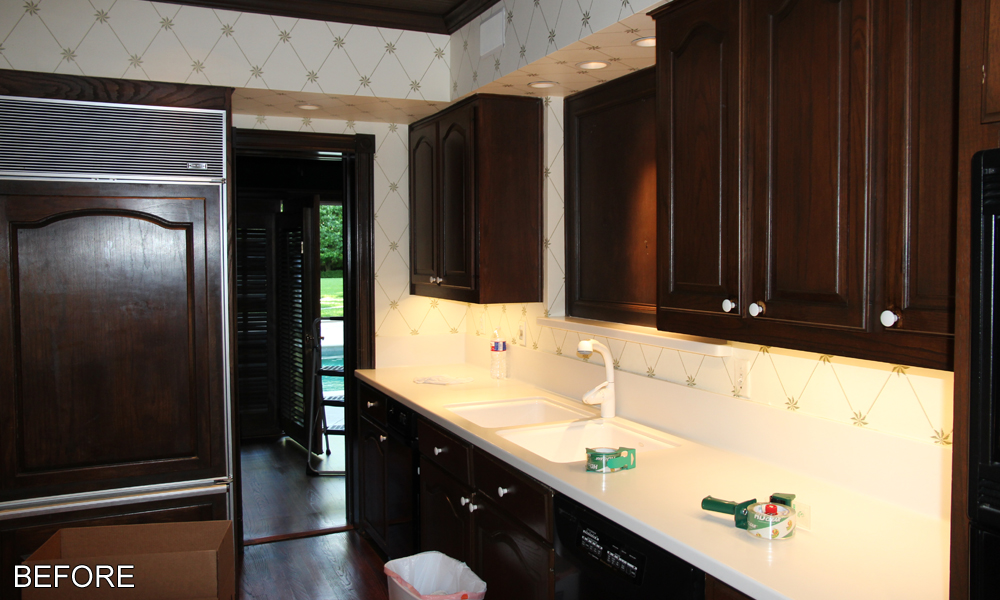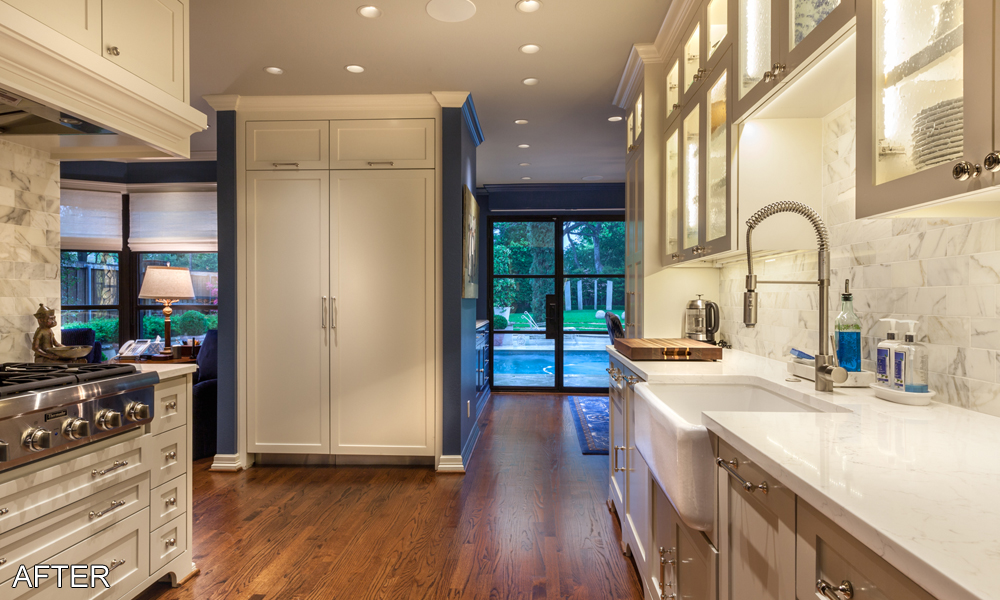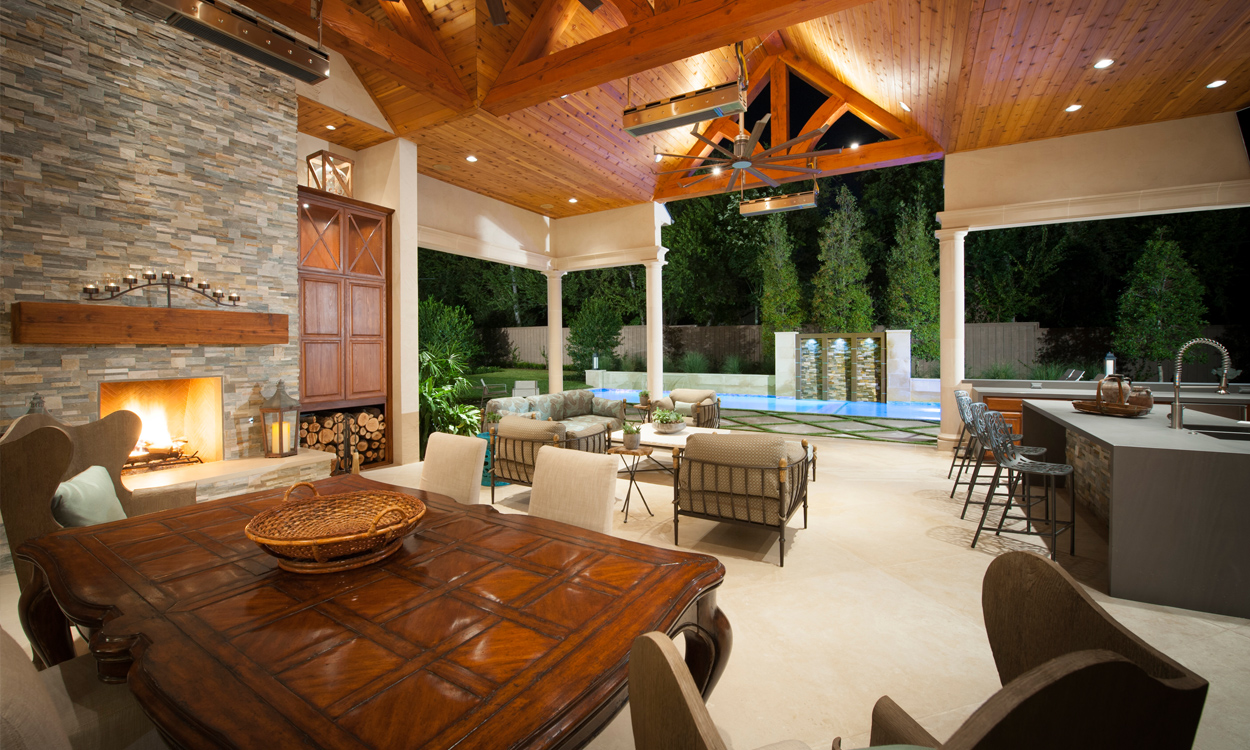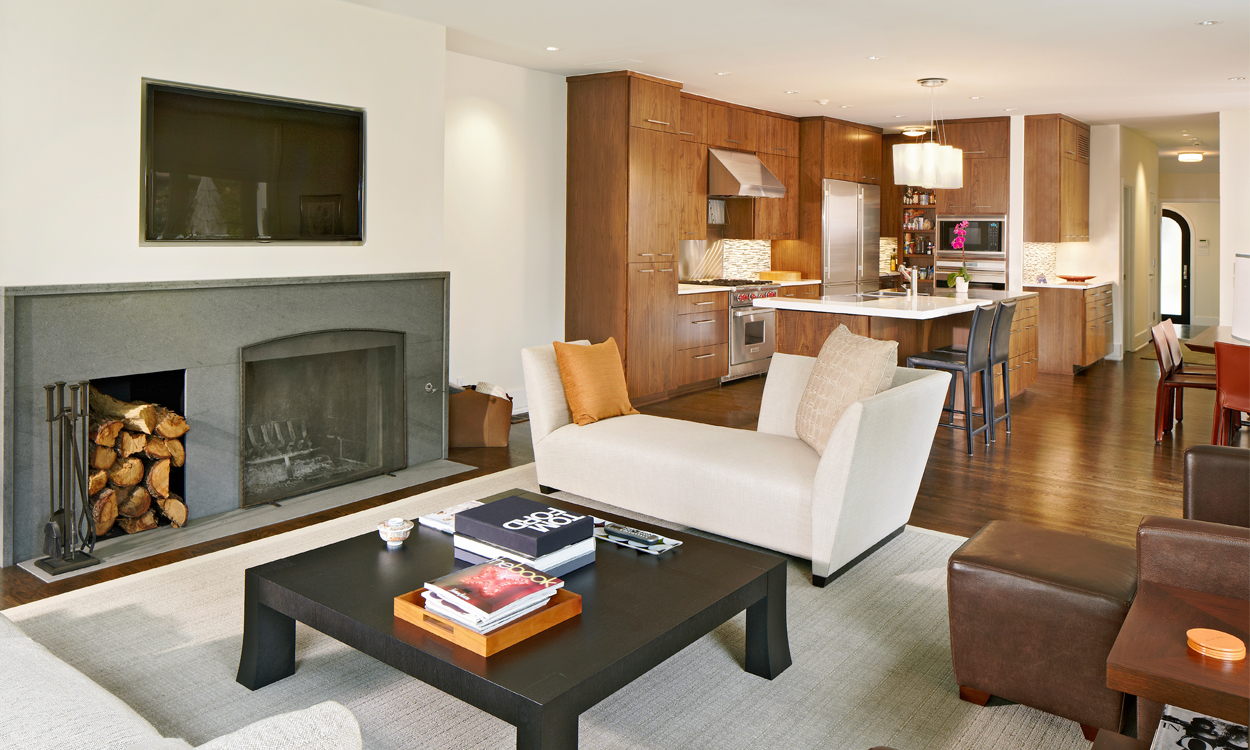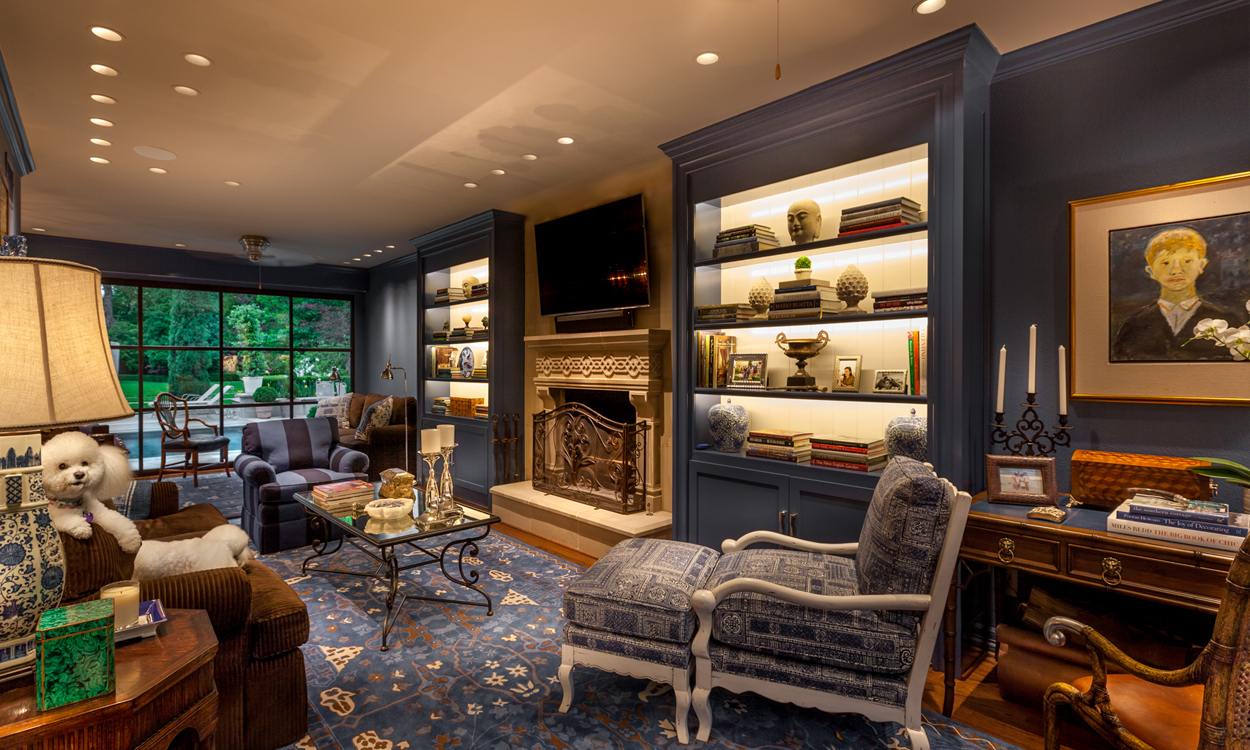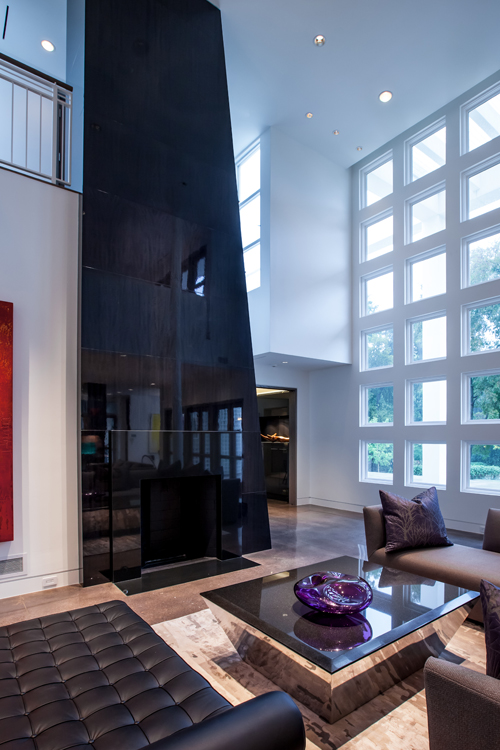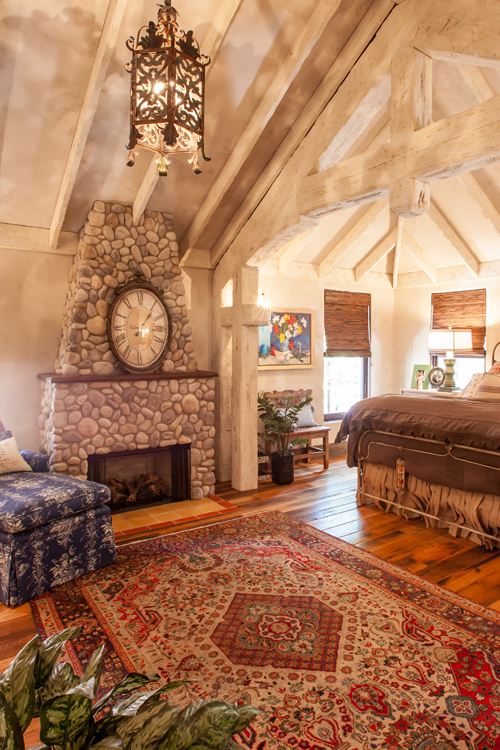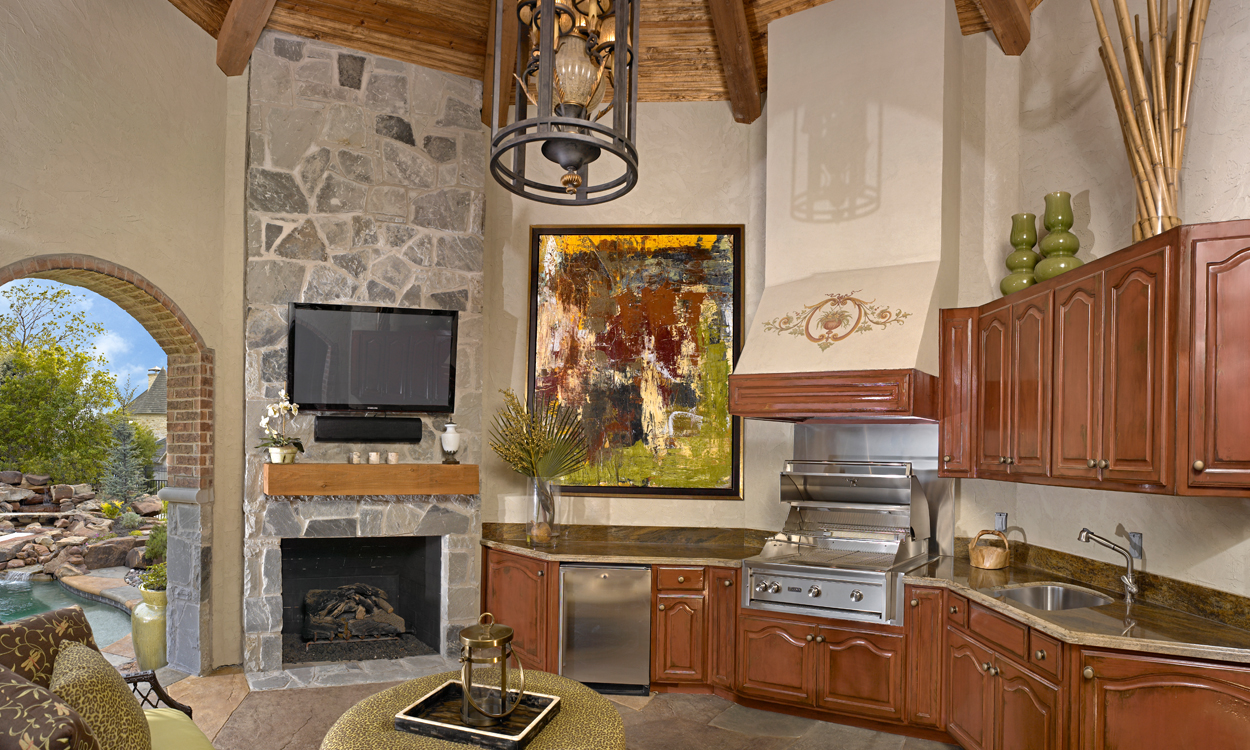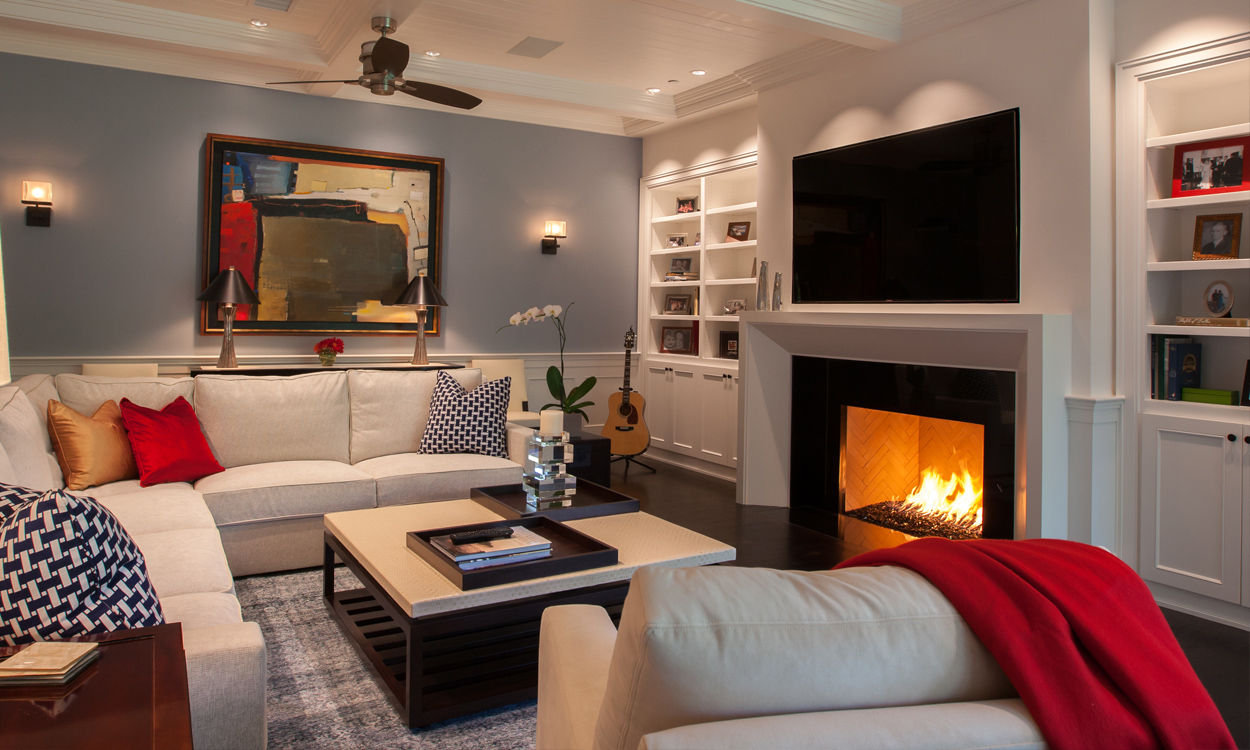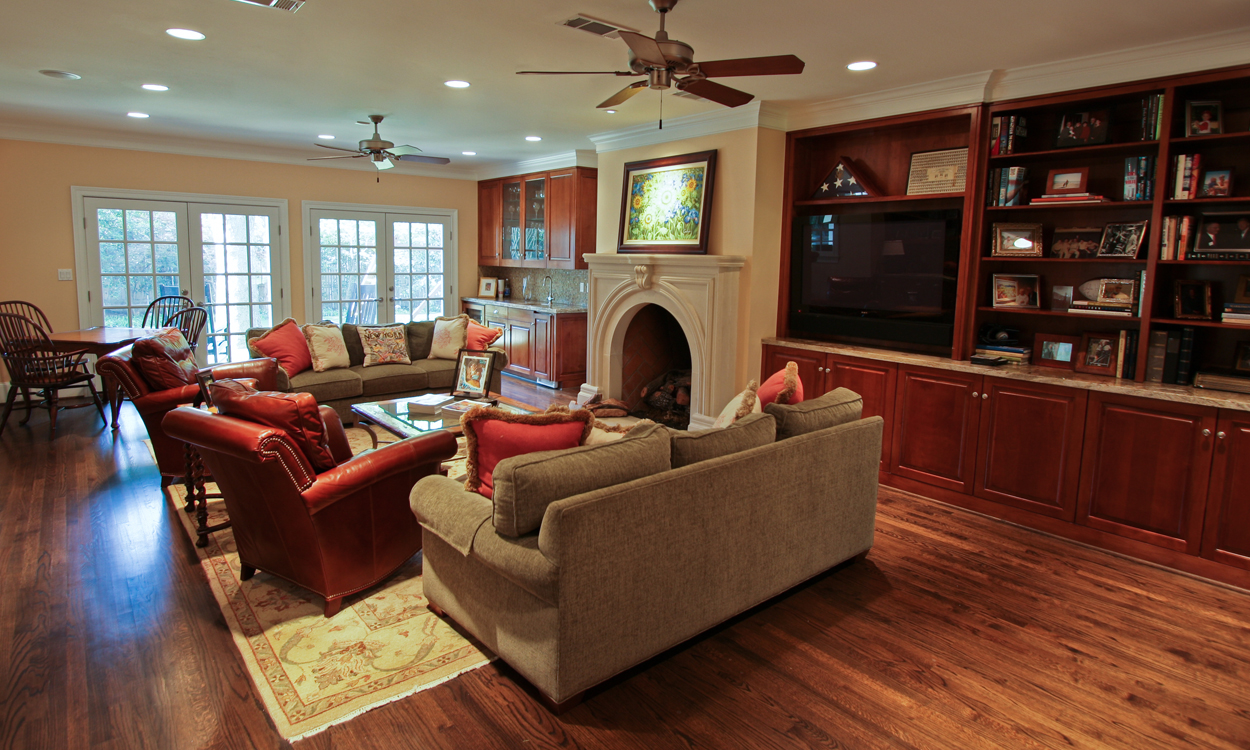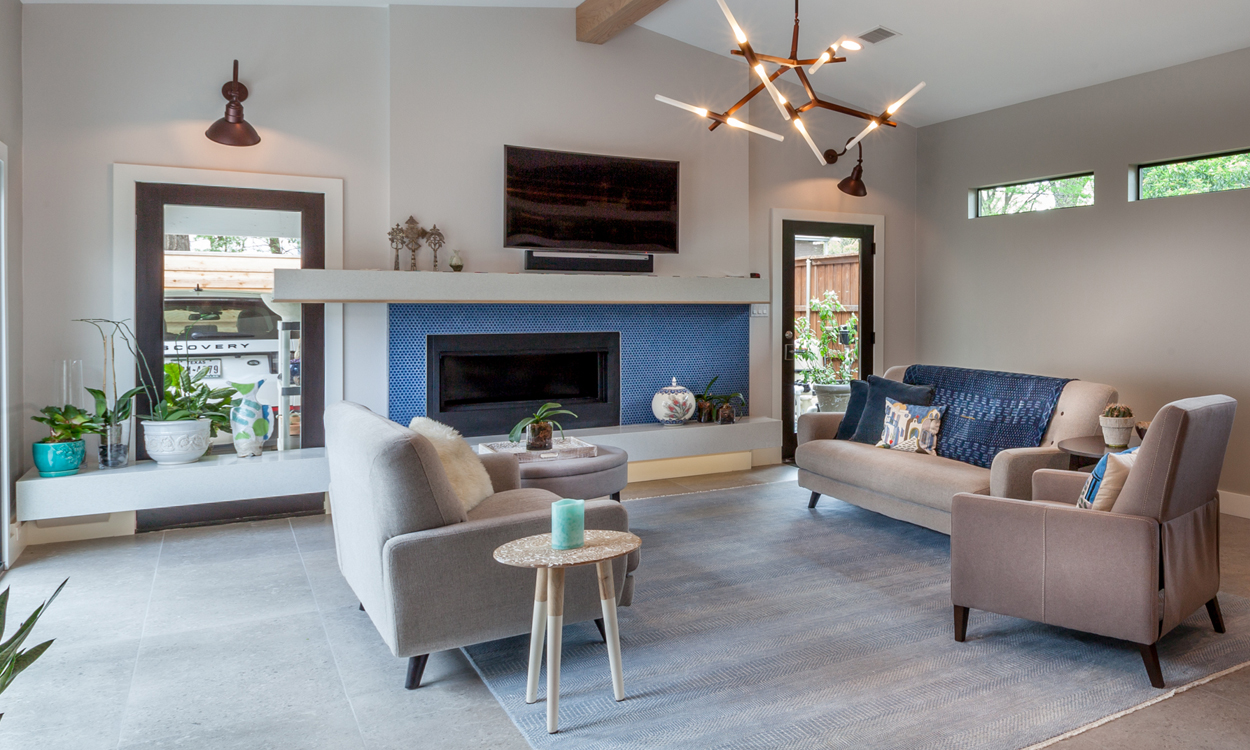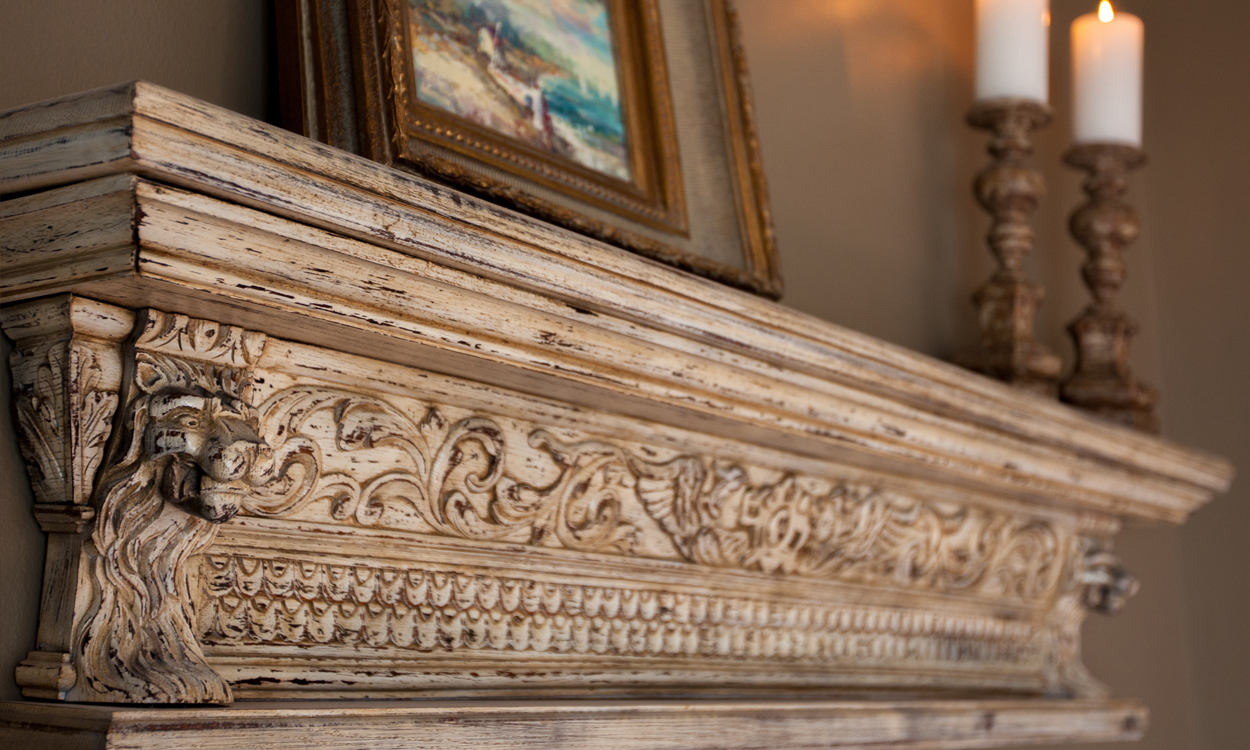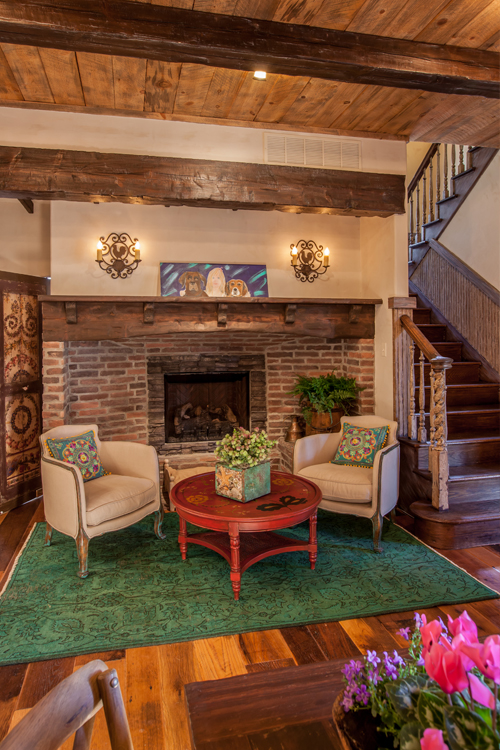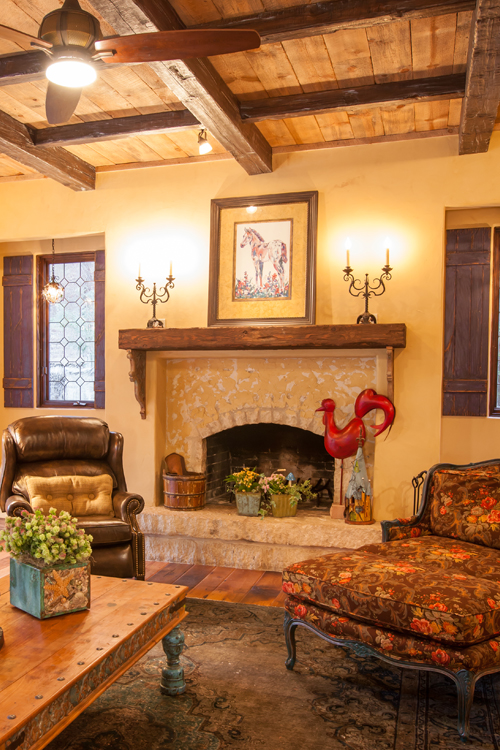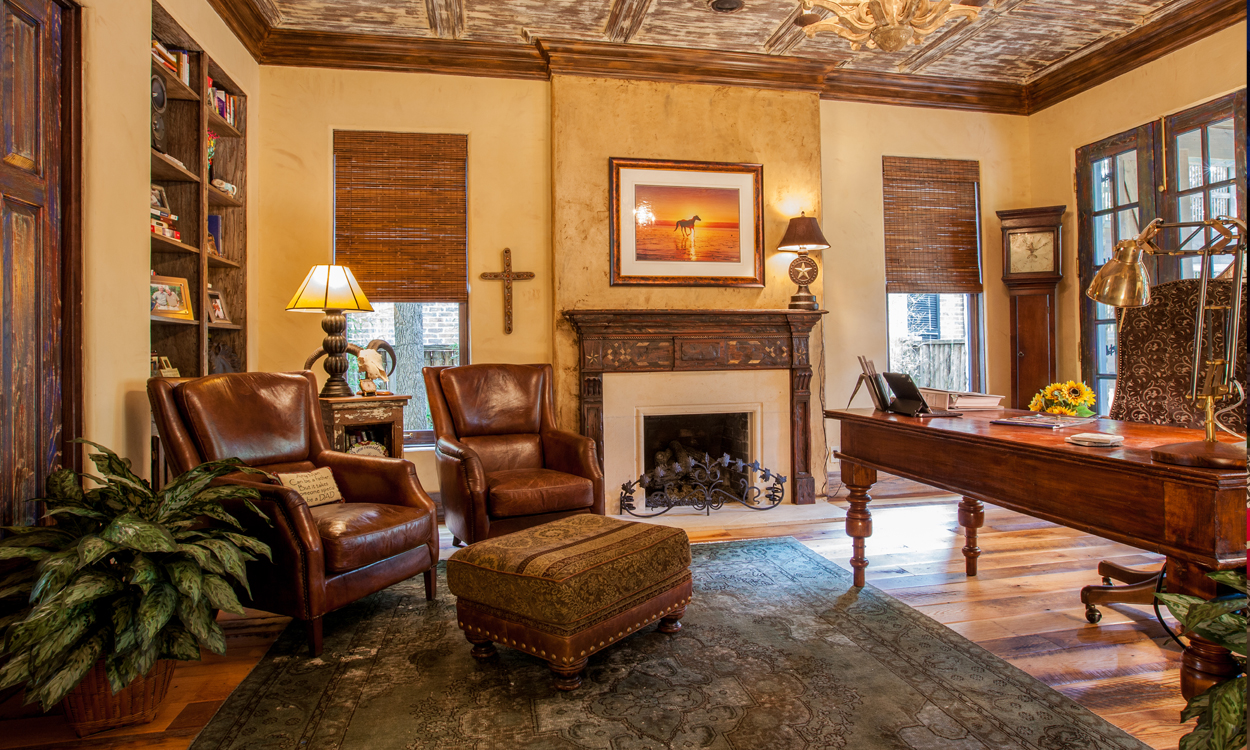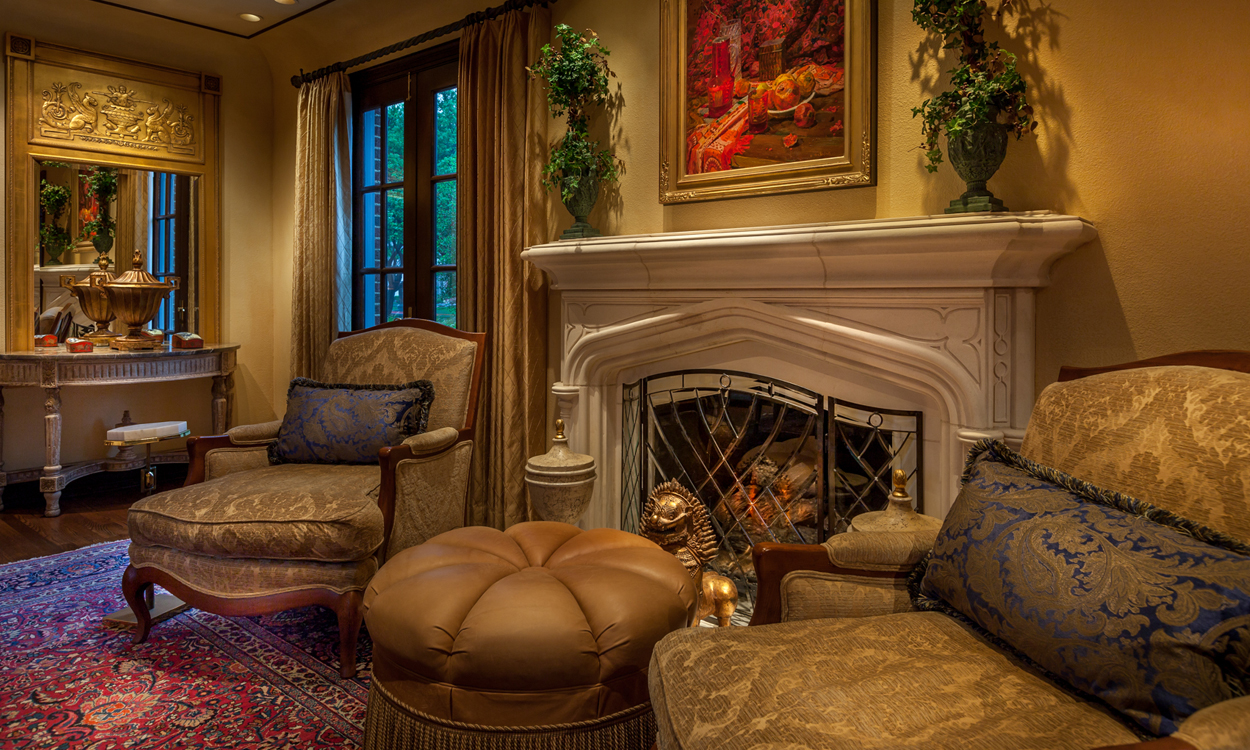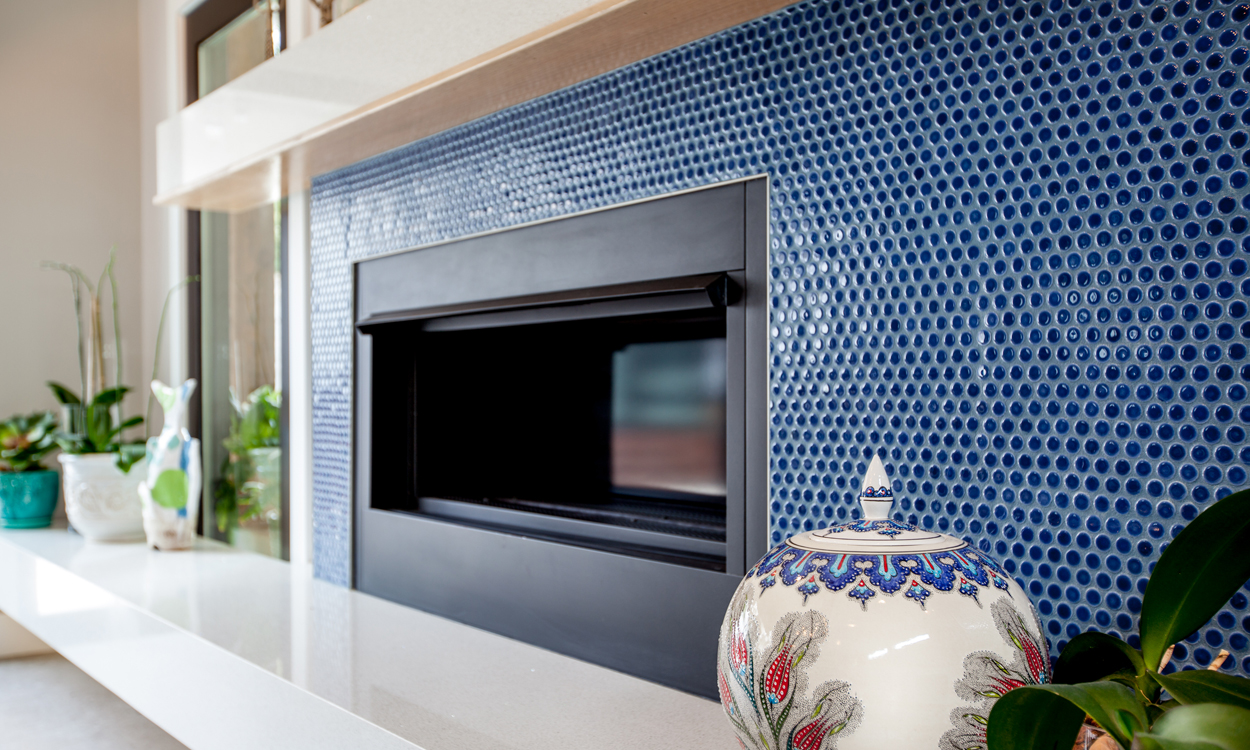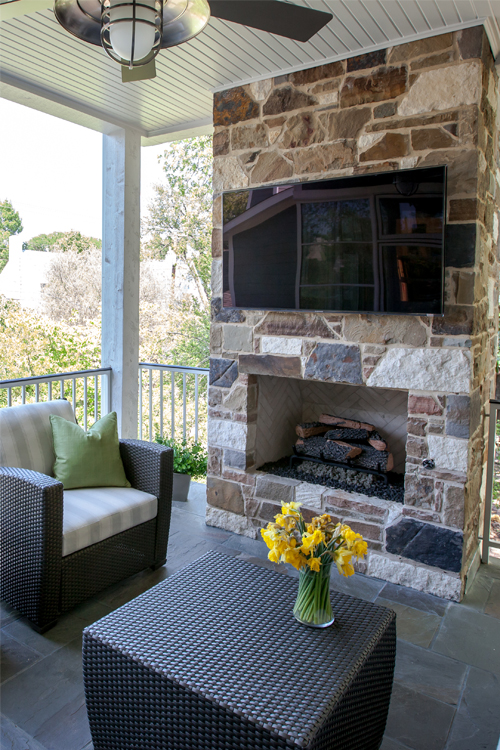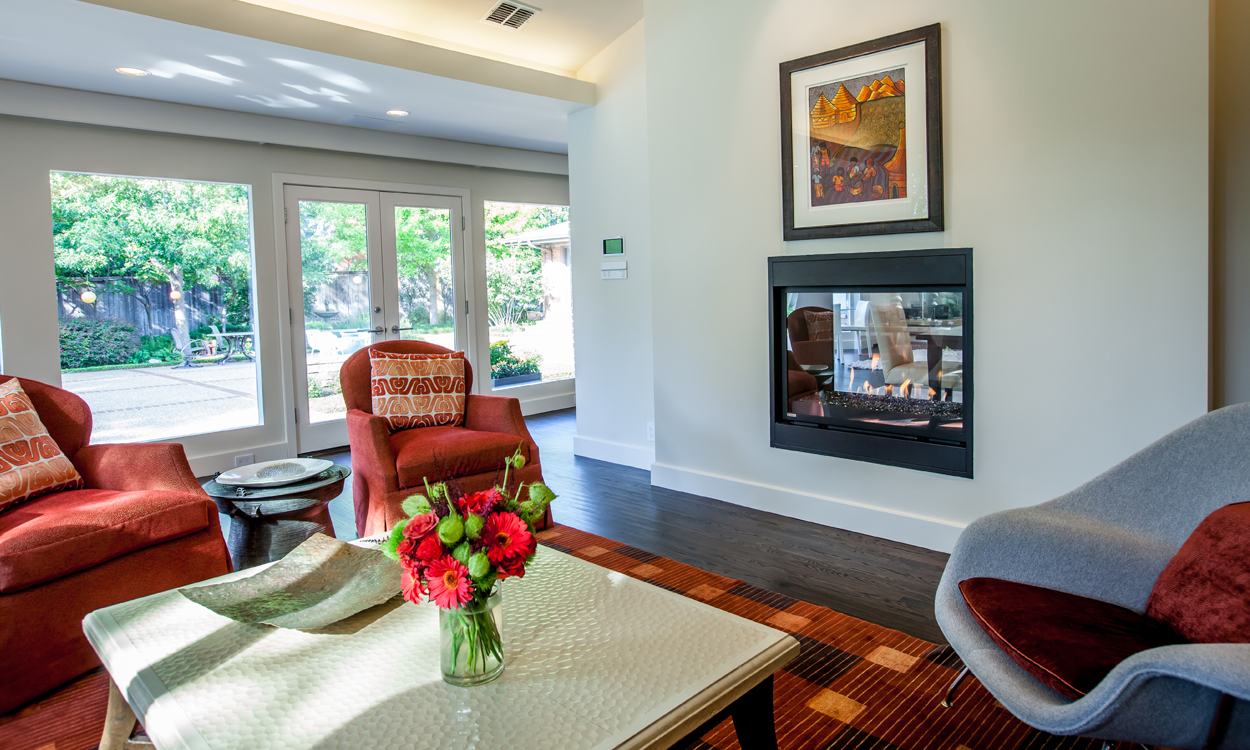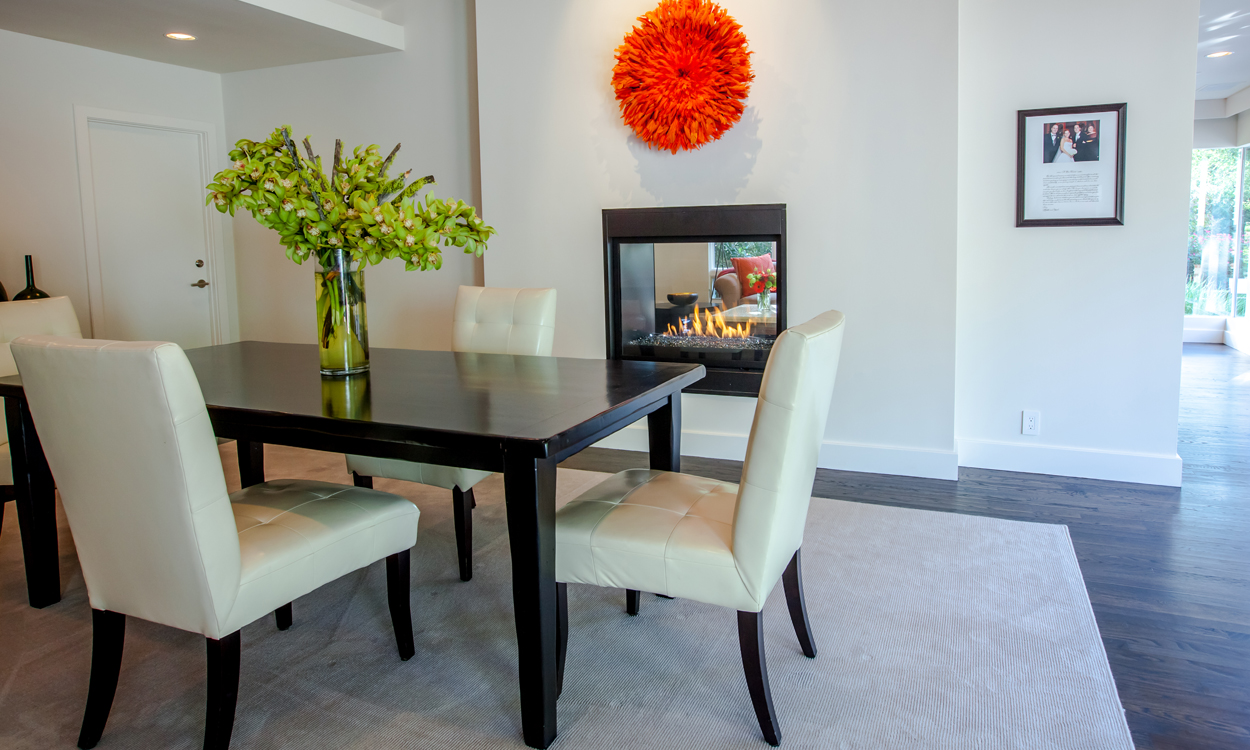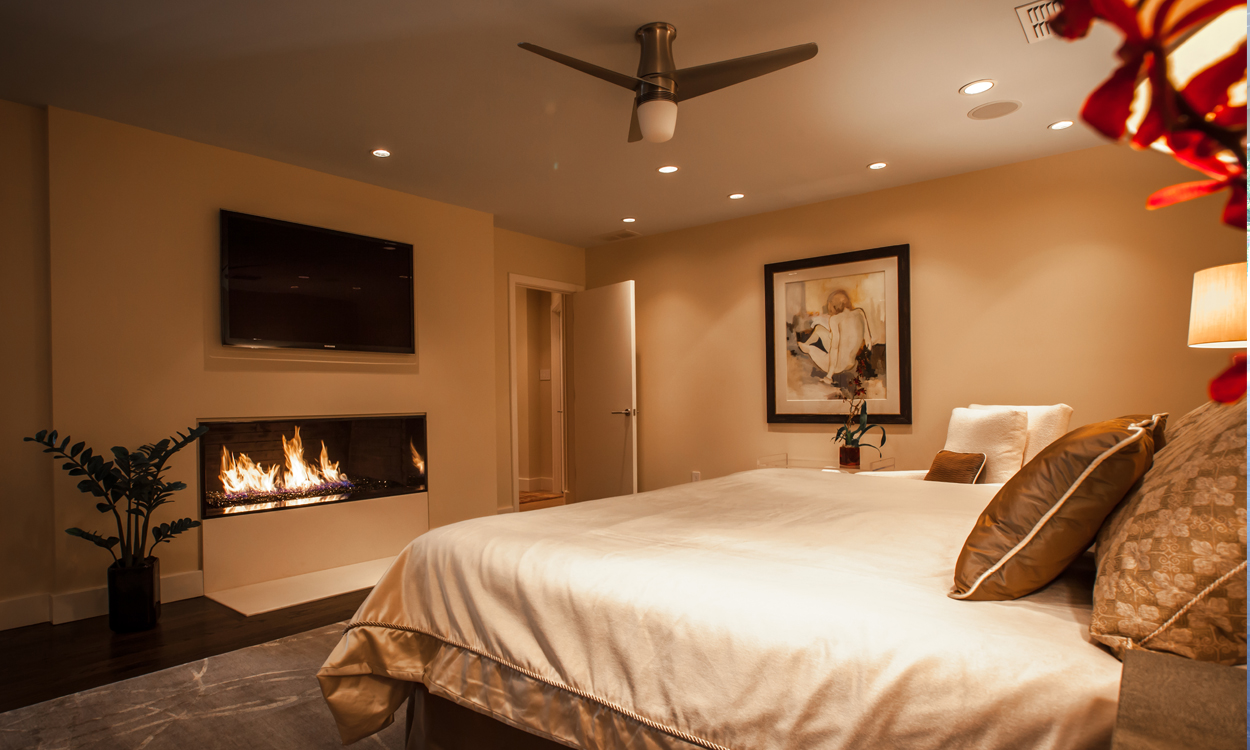As the end of February approaches, we’re well into the doldrums of winter. The cold weather and shorter days have been around long enough to be more tiresome than a relief from last summer’s heat (at least for those of us who prefer the warmer weather to cold). There’s still some time to go before spring and summer get here, but this is the perfect time to start making plans to capitalize on one of the best ways to spend those warm summer days: outdoor living. But before you start making those plans we recommend asking, and answering, these four questions to ensure that you can create an outdoor living space that best fits your wants and needs.
How do you plan to use your outdoor living space?
These homeowners wanted to create an entire outdoor oasis. This pool house cabana features a large outdoor kitchen, dining area, entertainment area, and enclosed pool bath. Its proximity to the pool makes it easy to use both areas without feeling much of a separation between the two key outdoor living features.
This is probably the most important question you need to ask yourself as you approach an outdoor living remodel. The answer is going to guide you not just through the rest of these questions but also through the rest of the entire remodel process. Outdoor living can encompass a wide variety of things. It could be something as simple as a covered porch that is ideal for a few pieces of lounge furniture where you can relax and enjoy the fresh air. Or it could be more complex like a full-size pool house complete with an outdoor kitchen, entertainment and lounging areas, a pool bath, and of course the pool. And then there’s everything else in between. How you want to use your outdoor space will determine just where you fall on the simple to complex scale. If you just want a place where you can enjoy a good book while sipping on some lemonade then you’re not going to need something as substantial as the person who loves to cook and wants to host a bunch of summer parties where they can bust out their skills for their family and friends. Define your goals and approach every decision with them in mind.
How much space do you want to devote to outdoor living?
With a small backyard, the homeowners knew they were limited in space for outdoor living. But they made the space between two wings of the house work for a small patio that includes room for quite a bit of seating as well as a built in fire pit.
Your answer to the previous question will likely play a factor in the answer for this one. The amount of type of amenities that you want to include within your outdoor living space will play a key role in how much space you will need to devote to them. But you should make sure you have realistic expectations of what can be achieved with the space that you have. The size of an outdoor living project can vary greatly. For example, an outdoor kitchen could be as small as a built-in grill with some cabinets and countertop space or it could be large enough to fit multiple cooking appliances, an outdoor refrigerator, clean up station, and even a full-sized dining table. How you answer this question will also likely be determined, at least in part, by the amount of space that is available. But good news, you don’t need to have a giant backyard to be able to take advantage of outdoor living! Even within a small backyard there is likely still space for a petit covered patio or small grilling station. Brining in a professional designer could be a big help in maximizing your space, regardless of whether it is small or large.
What is already there that is worth keeping and working with?
This home already had a small covered patio with space for a built in grill and some seating. The homeowners decided to expand the covered porch and extend it towards the pool so that it would be large enough for a full size outdoor kitchen, a large dining area, and a separate entertainment area.
Working with what you already have can save both time and money. That doesn’t mean you have to keep everything, but it may serve as a good starting point in creating your ideal outdoor living space. An already existing covered patio could be expanded and remodeled to fit a large outdoor kitchen and entertainment area. Or perhaps that patio would become your ideal outdoor living area with the addition of a few simpler things like special lighting, built ins, or just a general makeover. Another item you may want to consider working with is an already existing pool. Pools, especially in Texas, can be a big part of an outdoor living area. In the heat of the summer there is nothing better than cooling off within the comfort of your own backyard. Adding new outdoor living fixtures within close proximity of the pool would be a great way to tie the spaces together and create easier back and forth.
What is your investment amount?
The homeowners strategically chose to open up the third car bay in their garage to create a small covered outdoor patio. While not as extensive as some of our other outdoor living projects, the homeowners invested their budget in creating the specific French country house design that was important to them.
When it comes to home remodeling projects it is essential to have a set budget amount before any work begins. That holds even more true when the project falls more into the want column instead of a need. Ideally, you should have a close to definite number in mind before even contacting any professionals about doing the work. Why? Because it is all too easy to get lost in the excitement of creating plans and end up in over your head in how much it will cost. You need to know how much you want to spend so that you can make the necessary decisions in the planning phases of the project instead of being led down a rabbit hole of wishes and dreams that can only turn into disappointments when they can’t fit within your budget. When you know the budget that you are working with then the professionals that you bring on board will be better able to assist you in spending your money in the best way possible. And make sure that you set aside part of your budget as a contingency fund. Even with the best laid plans things will go wrong and unexpected costs will happen. Plan for it in advance so that it won’t be a major crisis when those things inevitably happen.



